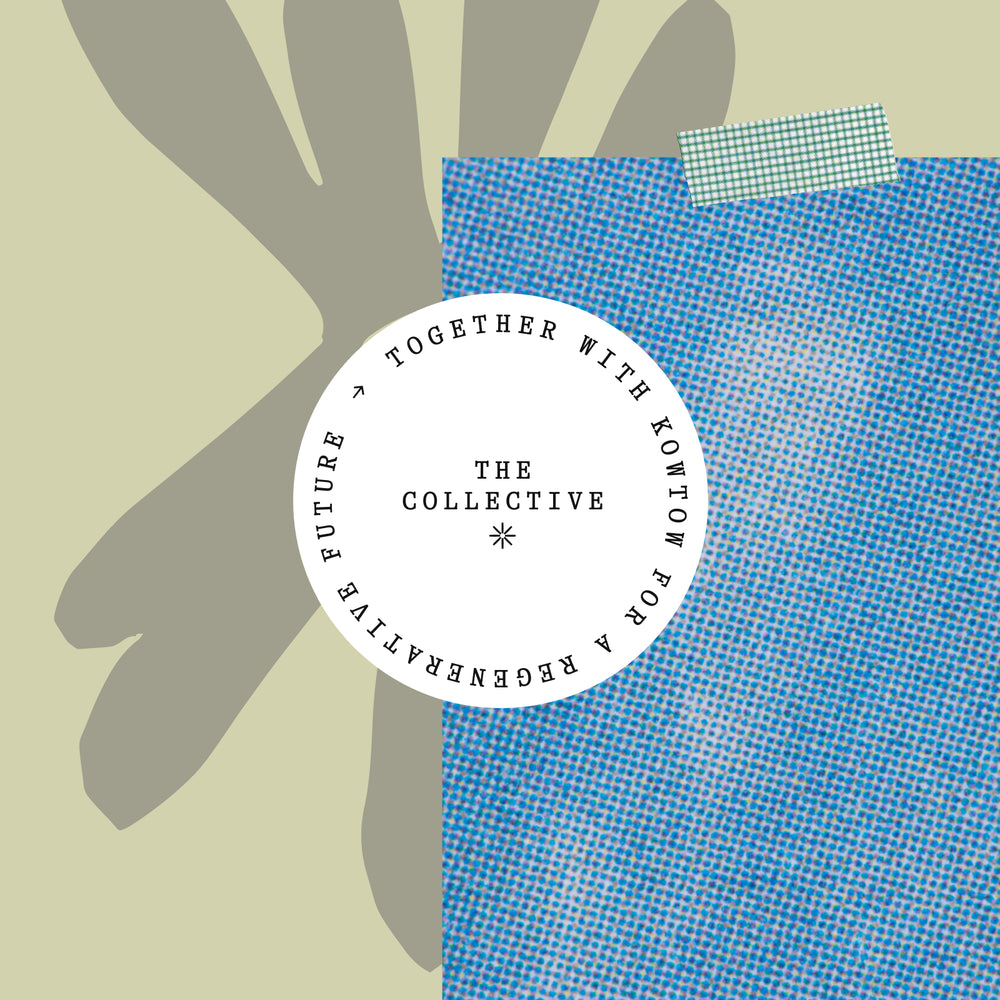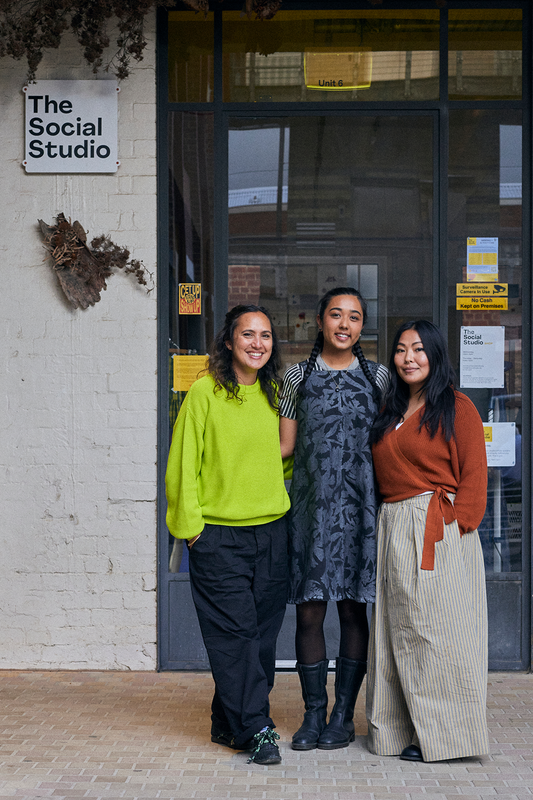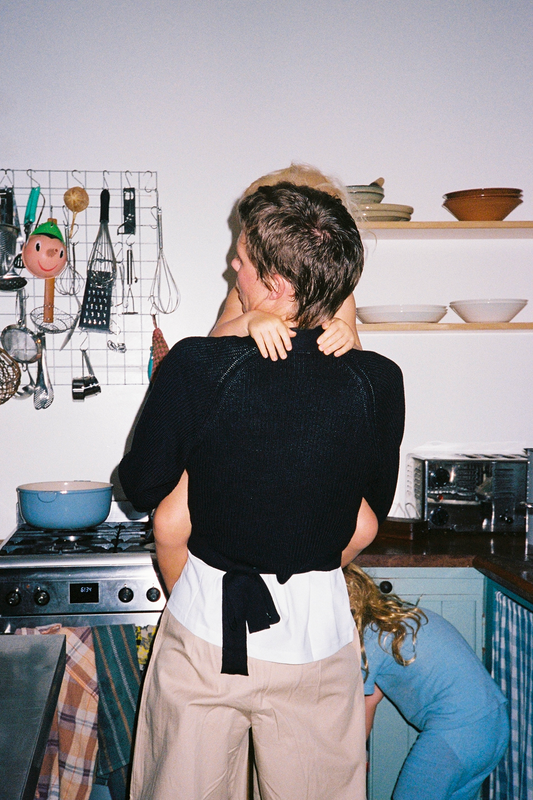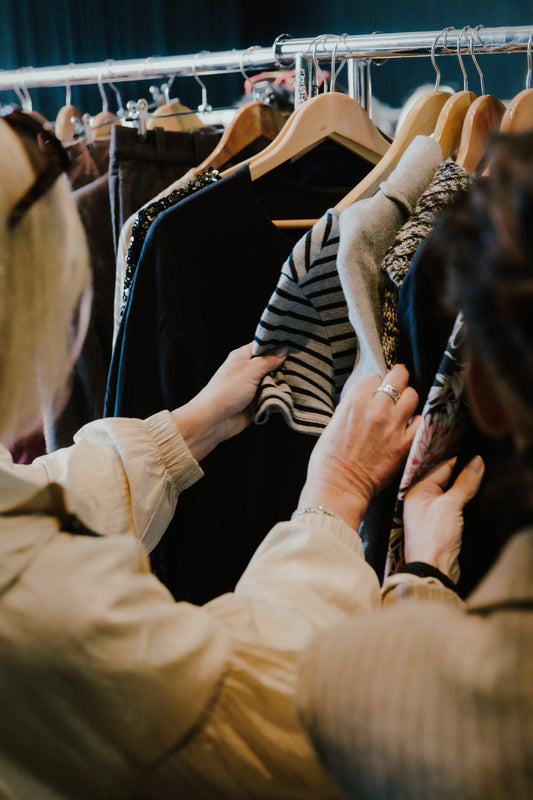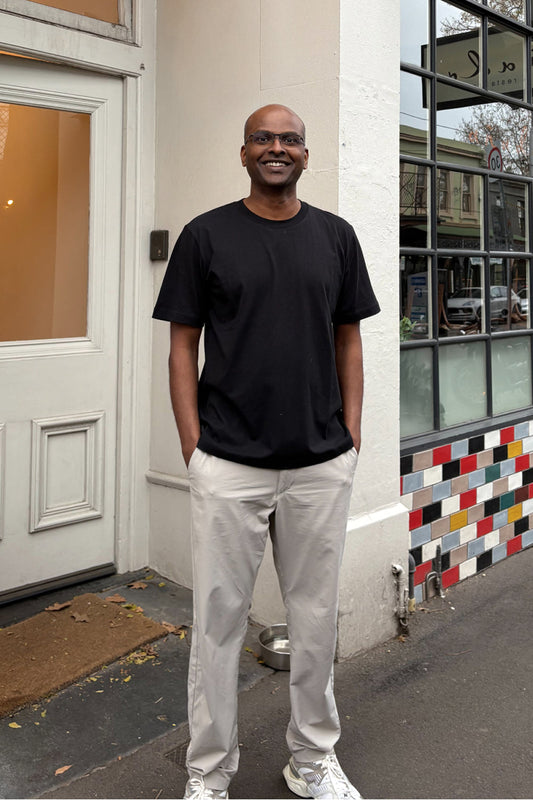There is a kōrero that has become synonymous with Māori art, it is a kōrero that reflects both where Māori art originated and where it is going. It is that Māori makers have a tradition of innovation, acknowledging that Māori have always taken up new technologies as they arrived in Aotearoa or have been developed here. Some early examples of this innovation are the incorporation of wool, cotton thread and candlewick in kākahu. The introduction of these materials by early colonial settlers led to an explosion of colour in our taonga and exploration of innovative patterning. For carving, this innovation can be understood through the word matatoki, the cutting edge of an adze, which lent itself to a 2013 exhibition about innovation in carving practices. Artist Brett Graham (Ngāti Koroki Kahukura) likens the matatoki, which exists in a period of suspension before being deployed in the felling of a tree and the shaping of wood, to the European avant-garde movement in which it is then to ‘go boldly into the unknown and create forms hitherto unseen.’
The flipside of this innovation is that it is a means of survival. Innovation was a necessary step for Māori art in order to endure the onslaught of colonisation which sought to render our language and cultural practices obsolete. This is where activism plays a critical role in Māori art: it privileges Māori perspectives, and holds space for history as told by us. An example of this are poi made by the artist Paerau Corneal (Ngāti Tūwharetoa, Te Āti Haunui-a-Pāpārangi). Made from harakeke woven around kōhatu, the appearance of Corneal’s poi belie the lethal strength they encompass. As they are generally known in kapa haka performances, poi are predominantly associated with women and are swung to keep time and rhythm while illustrating the narratives in a song. However they were also used by both men and women to strengthen wrists and ensure agility in preparation for combat.
Corneal, whose work has long been associated with mana wāhine, created these poi to convey the strength of women. The kōhatu used by Corneal is from Opape, and though only the tips are seen, they are matte-black ovoid forms. Corneal shared that she was startled by their beauty and simplicity and how common they were on the beach, to the point where the kōhatu themselves were the source of inspiration for the Patu Poi.
Corneal is also a founding member of Ngā Kaihanga Uku, a collective formed in the 1980s in order to support the emergence of Māori clay makers. This emergence again hints at innovation and a willingness for Māori artists to take up materials that are new to them. Even though ceramics are not a practice known within Māori culture prior to the arrival of Europeans, Ngā Kaihanga Uku highlights an innovation that emerges out of opportunity. It also allows us to connect back to our common ancestor Hineahuone, the first human, who was formed by the atua Tāne Mahuta from clay.
It is the whenua too that inspires the many activist elements of Māori art. Returning to Brett Graham, much of his own work as an artist is concerned with the history of the Land Wars in Waikato-Tainui, as well as environmental degradation in Aotearoa and the wider Te Moananui-a-Kiwa. During World War One, Graham’s iwi opposed the need for Māori to be sent away to fight in the War, with iwi leader Te Puea Hērangi (Waikato-Tainui, Ngāti Maniapoto) recalling the tongikura of her grandfather King Tāwhiao who had said these words in relation to the Land Wars in which Māori land was confiscated by the thousands of hectares, and many Māori were killed.
The tongikura is as follows:
“Listen, listen, the sky above, the Earth below, and all the people assembled here. The killing of men must stop, the destruction of land must stop. I shall bury my patu in the Earth and it shall not rise again … Waikato, lie down. Do not allow blood to flow from this time on.”
The New Zealand government were not happy with this stance and subsequently extended conscription to Māori in 1917. In keeping with Britain, conscription had up until that point not included Māori. However, this extension was deliberately made to include precisely those living in the Waikato-Maniapoto area only. It is evident that these events which took place over one hundred years ago, and the Land Wars events preceding them by mere decades, remain potent and affecting in Graham’s lithograph Bury my patu, 2015.
This work depicts the outline of a mass of knotted barbed wire that Graham viewed at the Australian War Memorial. Originally from Gallipoli, the wire immediately recalls the war experience, and the ultimate futility of that particular campaign. Graham chose to encircle an etching of the barbed wire with Tāwhiao’s words in Te Reo Māori, English and Turkish. It is simple work that helps to convey the complex feelings that war — in all its narratives of nationhood, brotherhood and patriotism — continue to elicit. It also speaks a deeper history into this narrative, showing how Waikato-Maniapoto were manipulated into participating in a war for a country that only decades prior had stolen their land from them.
Māori art has always inspired me, it has always communicated narratives that can be so unwieldy to unpack. These are just two examples of how Māori artists have reduced multifarious histories into seemingly benign objects.
Within Corneal’s patu poi we can see the impact that colonisation has had on Māori gender identities, removing any semblance of fluidity in gender, and forcing stereotypes onto the gender binary of women and men. In Graham’s work we see the long impact of confiscation, invasion, colonisation, and the continued influence of the distant Commonwealth on Aotearoa. What is also present in both these artists’ works is resistance; it is something that Māori are born with. Or as Professor Pou Temara (Ngāi Tūhoe) states, and was recently shared on the University of Waikato Faculty of Māori and Indigenous Studies Facebook header in the wake of internal investigations into institutional racism at the university:
“Intimidated though we are, frightened though we are… all we have is the DNA in our blood that says, we will resist, we will rise, we will get past our fears and we will fight back.”
GLOSSARY
ATUA
n. Māori god, or an ancestor with continuing influence.
HARAKEKE UAP
n. New Zealand flax, Phormium tenax - an important native plant with long, stiff, upright leaves and dull red flowers. Found on lowland swamps throughout Aotearoa/New Zealand.
IWI
n. Tribal group.
KĀKAHU
n. Garment, clothes, cloak, apparel, clothing, costume. 2. v. (–ria,–tia) To put on clothes, dress.
KAPA HAKA
n. Māori performing arts group.
KŌHATU
n. Stone, rock.
KŌRERO
v. (–hia,–ngia,–tia) To tell, say, speak, read, talk, address. Speech, narrative, story, news, account, discussion, conversation, discourse, statement, information.
MANA WĀHINE
n. The inherent strength of women.
MATATOKI
n. Edge of the adze.
POI
n. A light ball on a string of varying length which is swung or twirled rhythmically to musical accompaniment.
TAONGA
n. The great ocean of Kiwa, also known as the Pacific Ocean.
TONGIKURA
n. The quotes of past leaders.
WHENUA
n. Land.
ABOUT THE AUTHOR
Matariki Williams, Ngāi Tūhoe, Ngāti Hauiti, Taranaki, Ngāti Whakaue, is a Curator Mātauranga Māori at Te Papa Tongarewa, a writer and editor. She is the co-author of the award-winning Protest Tautohetohe: Objects of Resistance, Persistence and Defiance and co-editor of ATE Journal of Māori Art. Her writing has appeared in various print and online publications including frieze, Art in America, Art Zone, The Pantograph Punch, PhotoForum and The Spinoff.
@shelterouschild
Te Whanganui-a-Tara, Aotearoa
